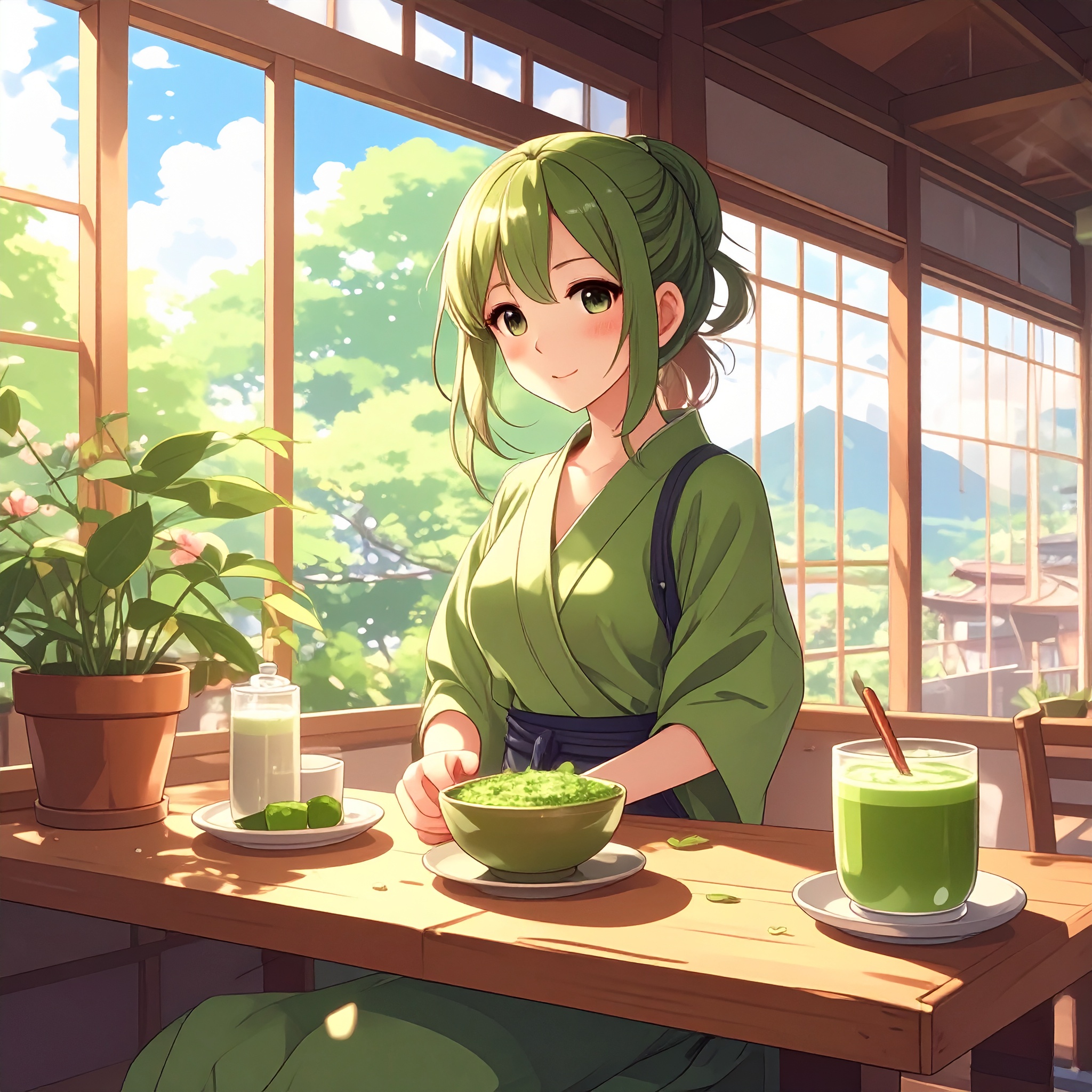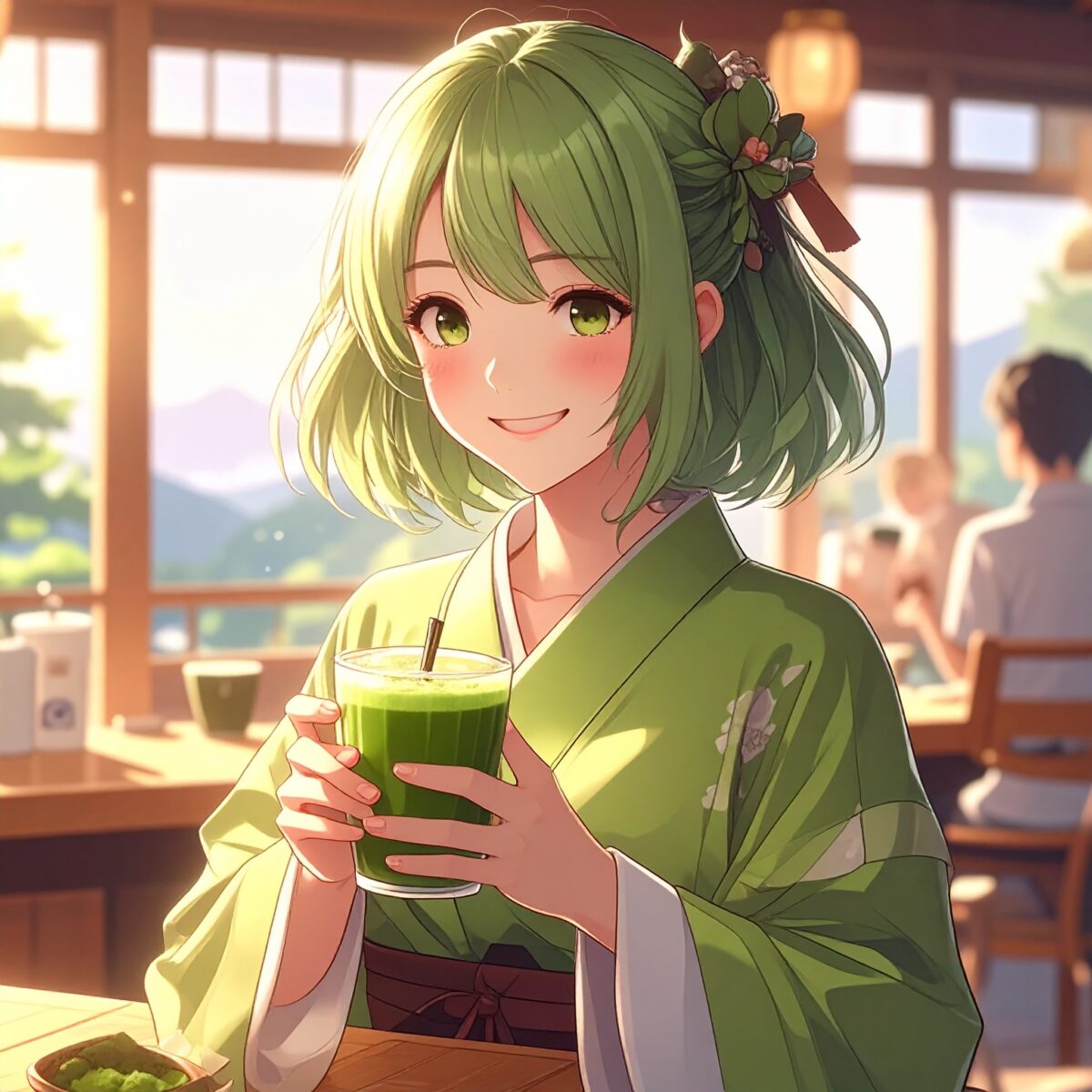While exploring a scenic spot in Japan, I stopped by a local teahouse and ordered a matcha soft serve on a whim. One bite—and I was completely unprepared for the experience that followed. It wasn’t overly sweet, nor overly bitter. Instead, the flavor unfolded gently, leaving behind a lingering aroma that was both refined and soothing. Through that single chilled dessert, I discovered the true depth of matcha for the first time. This was no ordinary tourist treat—it was a reflection of Japan’s quiet mastery in flavor.
Matcha is often perceived as bitter, astringent, or suited only for those with a mature palate. But Japanese matcha soft serve defies those expectations. Blended with creamy milk, it becomes a harmonious fusion—like a frozen matcha latte with a hint of roasted richness and a delicate sweetness. Even those who once avoided matcha find themselves saying, “I could eat this,” or even, “I think I’ve come to love it.”
Across Japan, different regions offer their own unique take on matcha soft serve. In matcha-growing areas like Uji in Kyoto, Kakegawa in Shizuoka, or Yame in Fukuoka, you’ll find deeper, more intense flavors that truly showcase the richness of the tea. Elsewhere, lighter milk-forward versions abound, often topped with traditional Japanese ingredients like kuromitsu (black sugar syrup), shiratama (rice flour dumplings), or red bean paste—each variation offering its own charm.
What stood out most to me was the fragrance of the matcha the moment it touched my tongue. It wasn’t just sweet—it was refreshing and slightly earthy, like a summer breeze through green leaves. The coolness paired with the subtle bitterness made for an elegant, cleansing finish. It was perfect not only as a dessert after a meal but also as a refreshing interlude during a day of walking through town. On a hot Japanese summer day, matcha soft serve doesn’t just cool you down—it renews you.

Matcha soft serve isn’t just delicious—it’s visually stunning. Its rich, deep green hue is striking enough to make you reach for your camera. Captured against a backdrop of temples, gardens, or cobbled streets, it becomes more than a treat—it becomes a memory. Some places even serve it in traditional bamboo cups or ceramic bowls, adding an extra layer of elegance before the first bite. These small surprises during a journey are often what stay with us the longest.
Affordably priced and generously flavorful, matcha soft serve is easy to enjoy even in popular sightseeing spots. Whether you find it at a station kiosk, near a shrine, beside a castle town, or next to a peaceful garden, it’s an inviting break—perfect for snacking while strolling. Despite its modest size, it delivers great satisfaction and fits seamlessly into the rhythm of travel.
One of its unique charms lies in its seasonality and regional variety. Spring might offer a soft swirl of matcha and cherry blossom pink; autumn brings a blend of roasted tea or chestnut; winter surprises with a warm pairing of matcha soft serve and sweet red bean soup (zenzai). These limited-edition offerings turn each visit into something distinct—each taste a reflection of time and place.
Of course, Japan’s grand temples, castles, and hot springs are unforgettable—but unexpectedly, it’s the memory of the matcha soft serve that quietly lingers. Its fragrance, texture, and flavor speak gently to all five senses, offering a different dimension of Japanese culture—one that’s approachable, joyful, and deeply refined.
So next time I return to Japan, I know I’ll find myself searching once again for that perfect cone of matcha soft serve. Because more than just flavor, it’s the memory of sharing that moment with the air, the view, and the spirit of the place. Matcha soft serve is not just a dessert—it’s a sweet, cultural experience you’ll find only in Japan.




